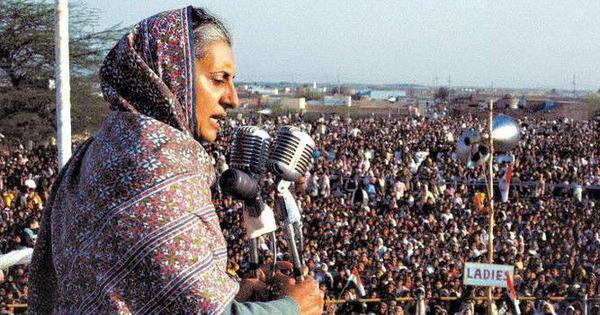
The archetypal city, the city of Kolkata, is immortalised by Mrinal Sen’s fim Kolkata Ekattor (Calcutta ‘71), which tells us of a time when the divide between the middle class and the urban poor was not as great as now.
Naxalite activity, food crisis, starvation of the lower classes, workers’ discontent and social and political corruption merged in one common urban situation. The peasant unrest in the countryside acted as the backdrop for not only urban radical dreams but, for those managing the city, also as a menacing reminder of the time. Lower middle class families in many areas lived in or near slum areas. Sen showed the death of truth through the death of a youth chased and killed by the police.
Conventional memory puts 1971 as the year of the Bangladesh War and the one that put the official seal on the irresistible rise of Indira Gandhi. It was also the year of a massive inflow of ten million refugees and the rallying of the entire parliamentary opposition…
